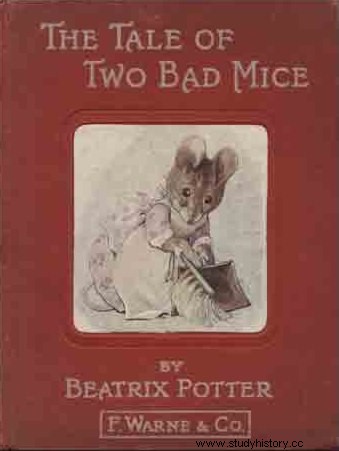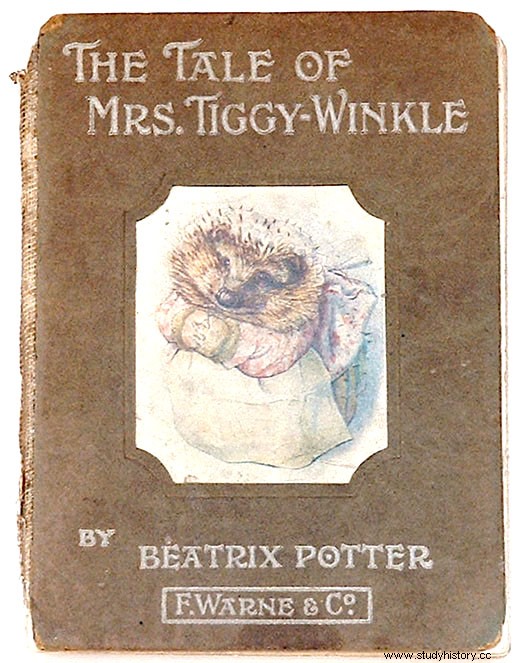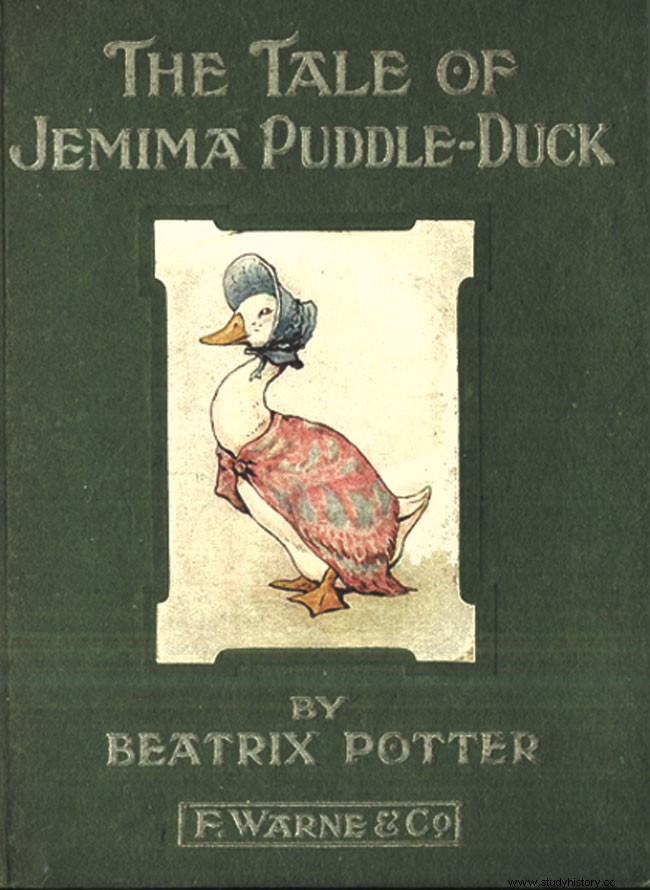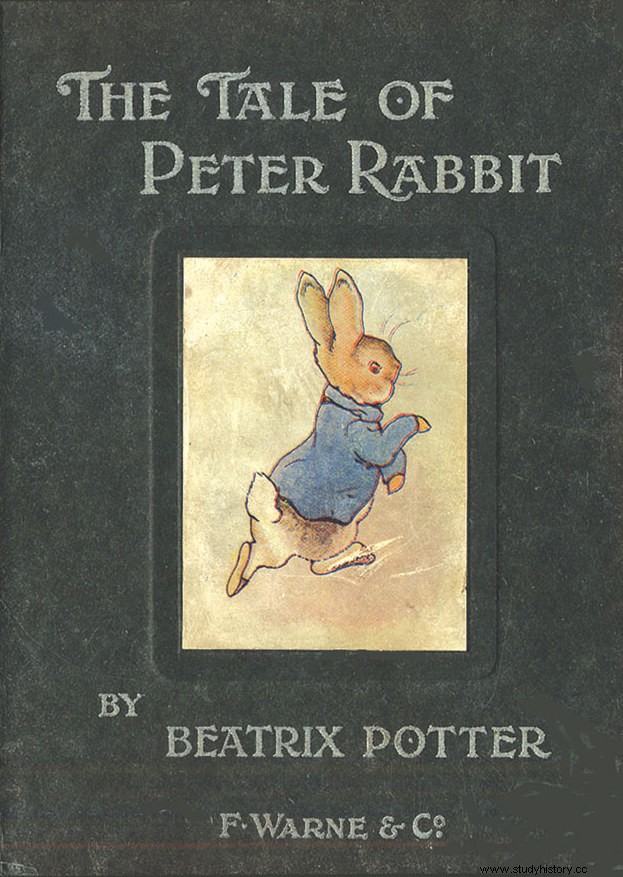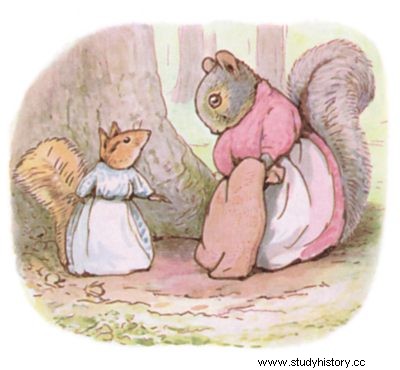English naturalist, illustrator and writer, Helen Beatrix Potter (1866 – 1943) is known for her children's books featuring animals, in particular the famous Peter Rabbit.
A lonely child
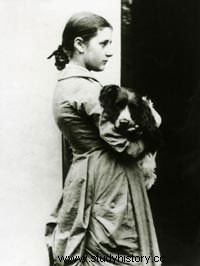
Born on July 28, 1866 in Kensington, London, Beatrix Potter is the daughter of Helen and Rupert Potter, a couple from the British bourgeoisie. Beatrix and her little brother Walter Bertram, born six years later, were brought up at home by governesses and by parents who were passionate about art and nature. The sister and brother, accomplices and enjoying a good understanding, see few other children outside their family and live a relatively solitary childhood in this respect.
Beatrix and her little brother were brought up with a love of art and a curiosity for nature. In their study room, the two children have a veritable little menagerie:mice, rabbits, hedgehogs, bats, butterflies, insects... which they take care of, study and draw. Beatrix also studies nature during the family's summer stays in the north of England; during these stays, she devoted herself to the constitution of herbariums or to the collection of fossils and insects, as well as to her illustrations.
From 1878 to 1883, Beatrix honed her artistic talents at the National Art Training School (now Royal College of Art ), where she took drawing lessons with the support of her parents.
A passion for mycology
Curious, Beatrix Potter was interested in many scientific fields but, over time, her predilection fell on mycology, an artistic as well as scientific interest. Without pursuing higher education, access to which was very limited to women at the time, she trained with the naturalist and mycologist Charles McIntosh. Beatrix begins precise studies and develops her own theory on the reproduction of fungi.
Beatrix then presents her research to the botanists of the Royal Botanic Gardens of Kew in London, but her director does not take her seriously because she is a woman, and an amateur. She then wants to present her article On the Germination of the Spores of the Agaricinea (From the germination of the spores of the agaricine) to the learned society Linnean Society of London , but, as a woman, cannot; a botanist friend will do it for her.
Later, Beatrix will donate her scientific illustrations to the Armitt Museum Gallery in Ambleside, where mycologists still use them to identify fungi.
Stories for children
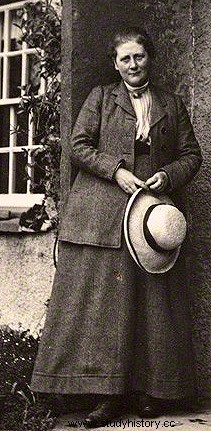
Beatrix Potter does more than just scientific illustration. It is for those close to her, first of all, that she creates letters, illustrated greeting cards, frequently featuring mice and rabbits. She notably writes frequently to the children of her former governess who has become a friend, Annie Carter Moore. When her son Noel fell ill in 1893, the young artist wrote stories for him to cheer up his convalescence. The heroes are four rabbits, Flopsy, Mopsy, Cottontail and Peter.
In 1900, Beatrix reworked the story sent to Christmas and made it, by hand, into a small children's book which she renamed The Tale of Peter Rabbit (The Tale of Peter Rabbit). As the publishers she contacts refuse the book, she pays out of pocket for a first print run of 250 copies, which she distributes in bookstores and which sells quickly. This success caught the attention of publisher Frederick Warne &Co. , who reconsiders his refusal and agrees to publish the work. The Tale of Peter Rabbit is published the following year; the 28,000 copies published sold out in three months.
This is the start of a rich career. The Tale of Peter Rabbit was followed the following year by The Tale of Squirrel Nutkin , this time featuring a squirrel. For the next ten years, Beatrix published two to three books a year, which she wrote and illustrated. They depict all kinds of animals, gifted with speech, dressed like humans, in universes that are not always free from cruelty. She also makes it a point of honor not to oversimplify under the pretext that she is addressing children; she always prefers to use the right word.
Life in the countryside
In 1905, Beatrix Potter's income allowed her to acquire a farm at Near Sawrey, in the county of Cumbria in the northwest of England. In 1913, she married a man named Williams Heelis. Without completely abandoning writing, she now devotes herself to her new life in the countryside. Always as passionate about nature, she embarked in particular on sheep breeding, until becoming one of the main breeders in the region. Beatrix and her husband live happily married for thirty years in their rural existence.
Concerned about the environment ahead of time, Beatrix strives to preserve the landscapes and heritage of the lake region; she thus acquired many estates to protect them, and bequeathed them at her death to the National Trust , the English Heritage Protection Fund. Beatrix Potter died in December 1943, at the age of 77. His work for children remains a timeless classic.

